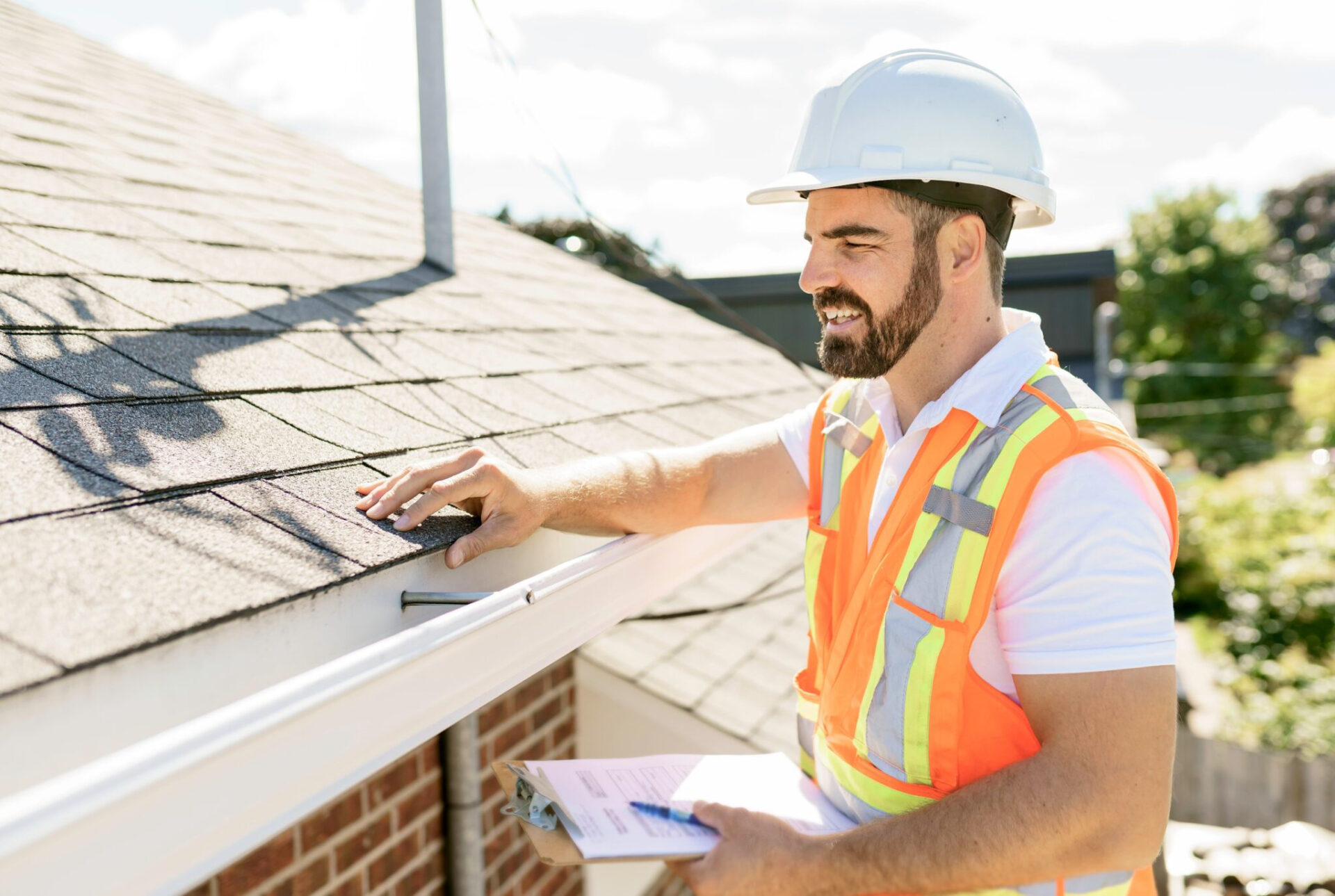Hurricane season starts in June in Hawaii and the Central Pacific and lasts until the end of autumn. While most tropical systems, such as cyclones and hurricanes, occur within 1,500 miles of Hawaii and don’t tend to significantly impact the state, it’s best to be prepared. After all, sometimes hurricanes, such as Jimena in 2003, come close.
Keep reading to learn more about the impact a hurricane could have on your roof and for some tips on how best to avoid it.
Wind Damage
Powerful winds are one of the most significant threats to a roof during a hurricane. Hurricane winds have a maximum sustained surface of 74 mph or greater. Extreme winds are capable of lifting shingles, tiles, or roofing materials. They can even tear off entire sections of the roof.
To mitigate wind damage, it’s essential to have a well-maintained roof. Regular inspections, repairs, and the use of metal can help protect your home during a hurricane. Additionally, reinforcing the roof’s edges and securing loose components can make a significant difference.
If you are choosing a new roof to install, the best roof shape for high winds is one that has multiple panels. The shapes range from a hipped roof on a square to a hexagonal-shaped floor plan. These architectural features can reduce wind loads as they make the wind curve around the roof.
The best recommendation is a roof pitched at 30 degrees for hurricane-prone areas. This can help the roof resist wind uplift. Roofs with little or no overhang can also help reduce the damage from wind uplift.
Water Damage
Hurricanes often bring heavy rainfall, leading to flooding and water damage. Water can seep through compromised roofing materials, causing leaks and leading to mold growth and structural damage over time. Even minor roof damage can escalate quickly during a hurricane, as the combination of strong winds and heavy rain can exacerbate existing issues.
It is crucial to ensure your roof is properly sealed and maintained to prevent water damage. Regular inspections of your roof for loose or damaged shingles or missing tiles are a must, along with roof leak detection.
Debris Impact
Hurricanes can turn even the most mundane objects into dangerous projectiles. Flying debris, such as tree branches, can strike the roof and cause significant damage, causing punctures, cracks, or even structural damage to your roof.
To minimize the risk of debris impact, trim back overhanging branches and secure loose items in your yard before a hurricane. Additionally, consider installing impact-resistant roofing materials that can withstand the force of flying debris.
Storm Surge
In coastal areas, storm surge is one of the devastating consequences of hurricanes. A storm surge occurs when strong winds and low pressure push seawater ashore, causing widespread flooding. The force of the water can damage roofs and weaken the underlying structure.
While hurricanes do not have a great impact on Hawaii, they still occur in proximity to the state. Statistics tell us that two-thirds of residential homes are not prepared for hurricanes. It is best to be safe through regular roof inspections and repairs. At Surface Shield Roofing Company, we perform a wide range of residential roofing services. Contact us today!

